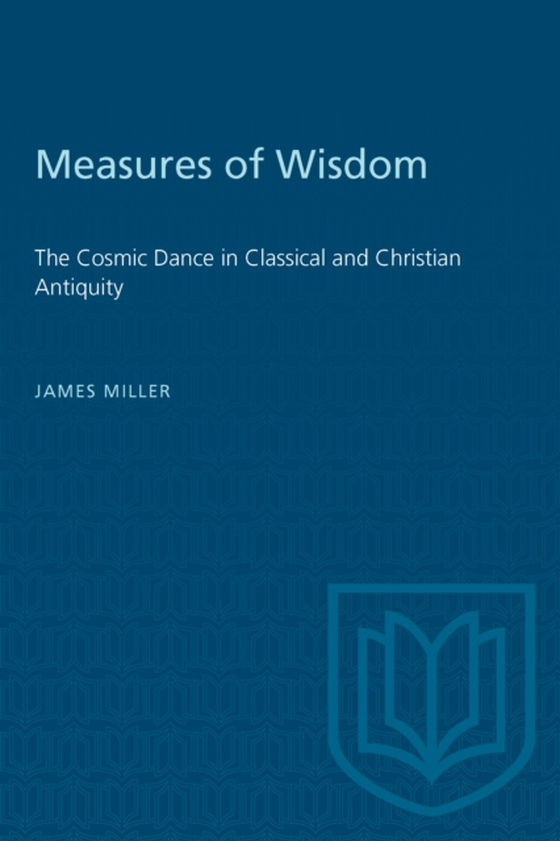
Measures of Wisdom e-bog
473,39 DKK
(inkl. moms 591,74 DKK)
'The interpretours of Plato,' wrote Sir Thomas Elyot in The Governour (1531), 'do think that the wonderful and incomprehensible order of the celestial bodies, I mean sterres and planettes, and their motions harmonicall, gave to them that intensifly and by the deepe serche of raison beholde their coursis, in the sondrye diversities of number and tyme, a forme of imitation of a semblable motion, ...
E-bog
473,39 DKK
Forlag
University of Toronto Press
Udgivet
15 december 1986
Længde
672 sider
Genrer
HD
Sprog
English
Format
pdf
Beskyttelse
LCP
ISBN
9781487578497
'The interpretours of Plato,' wrote Sir Thomas Elyot in The Governour (1531), 'do think that the wonderful and incomprehensible order of the celestial bodies, I mean sterres and planettes, and their motions harmonicall, gave to them that intensifly and by the deepe serche of raison beholde their coursis, in the sondrye diversities of number and tyme, a forme of imitation of a semblable motion, which they called daunsigne or sltation.' The image of the planets and stars engaged in an ordered and measured dance is an ancient one. Plato articulated it in a passage in the Timaeus, where he likened the apparent motions of the planets and stars to 'choreiai' (choral dances). Through the centuries the analogy has challenged Plator's interpreters to define and elaborate the image. Miller has examined a range of poetic and philosophical texts influenced by Plato cosmology, and has discovered frequent comparisons of the cosmic order to 'daunsigne.' He suggests that the vision of the cosmic dance did not develop at random in Western intellectual history but originated in a specific philosophical context and passed through stages of evolution that reflect Gnostic, Christian, Stoic, and Neoplatonic responses to Plato. He argues that the historical variations of the image were often closely related to adaption or criticisms of Plato's theories of visual perception and intellectual vision.The dance, in conjunction with images such as the Great chain of Being and the Lyre of the Heavens, became the dominant image of a peculiarly Late Antique world-view which Miller (after Augustine) has called the 'poetic universe'; a world where metaphors, metonymies, and personifications could exist in fact as well as in word.The result of Miller's analysis is vast in scope. The nine chapters of the book each present a thesis on a particular author, but all function together like links in a chain. Miller has been described as 'an historian of visions'; the book has been likened to Auerbach's Mimesis. It is a remarkable contribution to an understanding of the complex interaction of ideas and images in time.
 Dansk
Dansk

